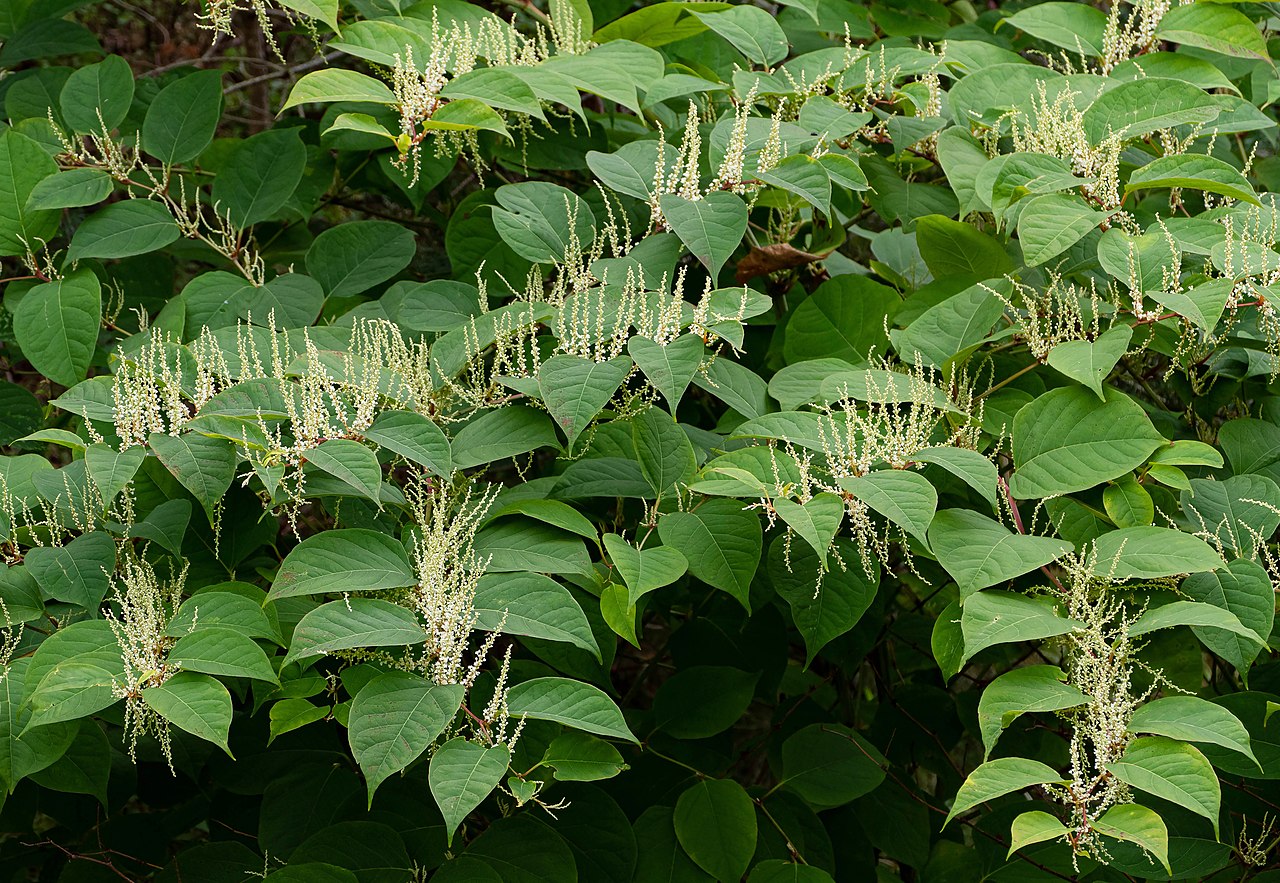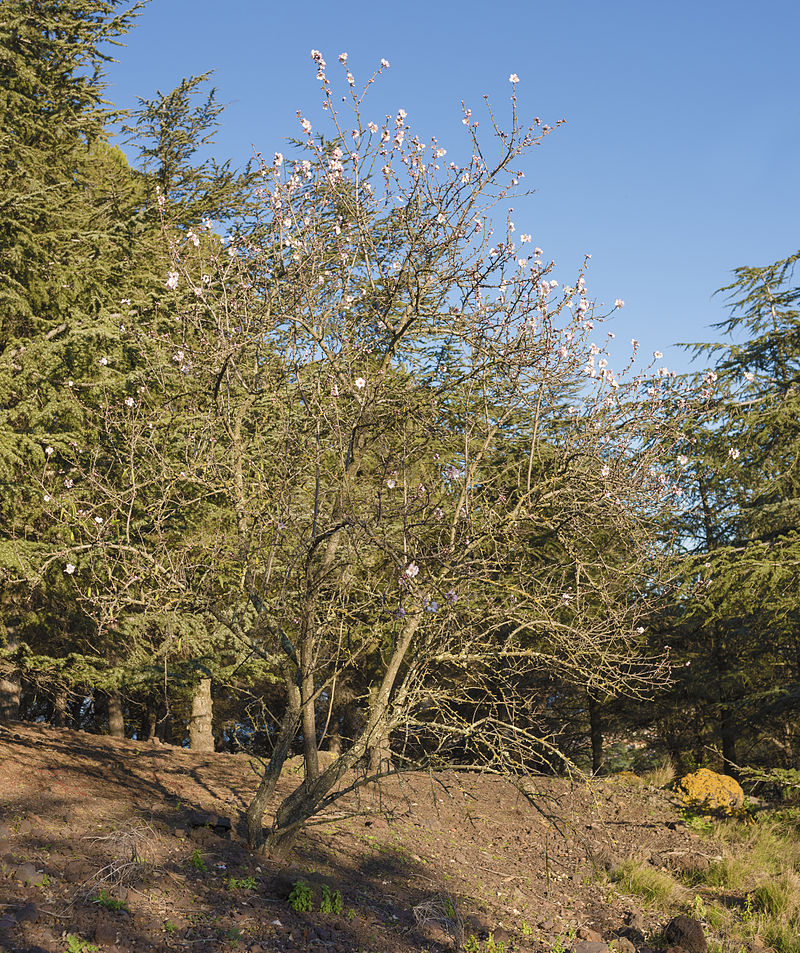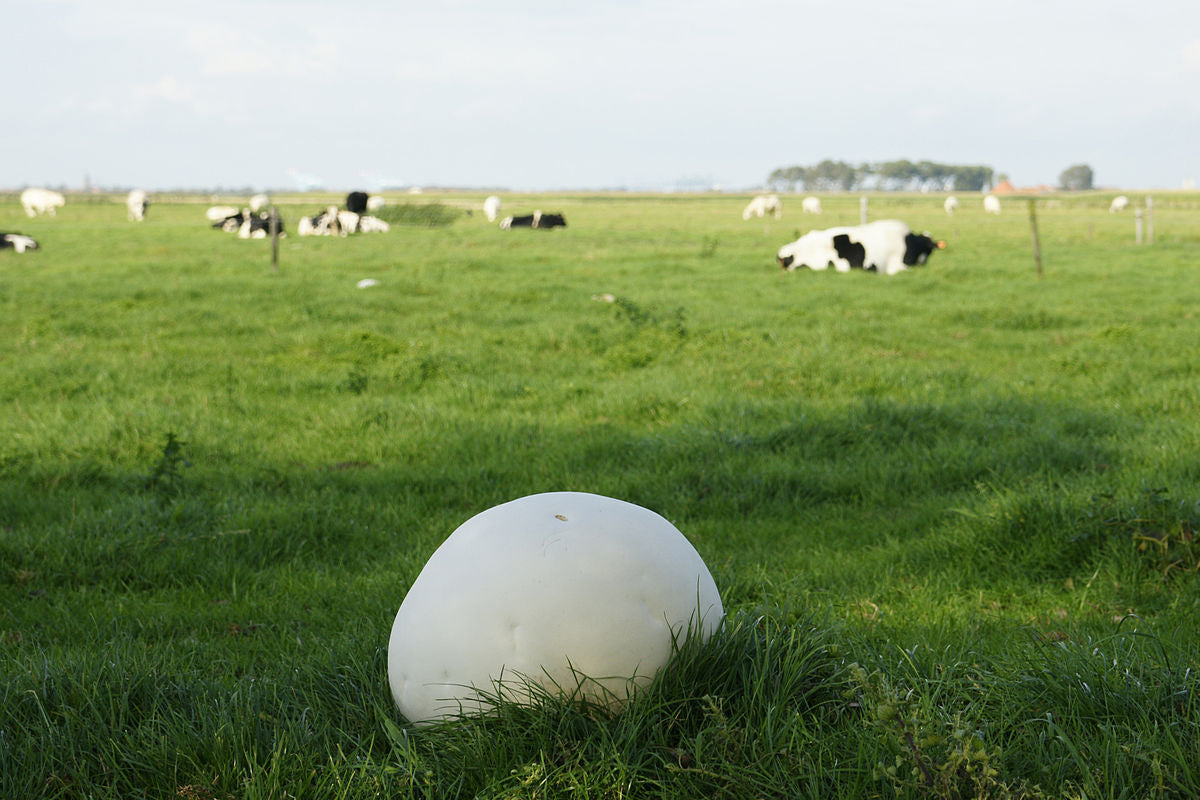
Wild Edible Of The Week - Week 43 "Japanese Knot Weed"
Botanical Name : Fallopia japonica
Common names : Japanese Knotweed, Donkey Rhubarb, Asian Knotweed, fleeceflower, Himalayan fleece vine, monkey weed, monkey fungus, Hancock's Curse, elephant ears, pea shooters, sally rhubarb, Japanese bamboo, America bamboo, Mexican bamboo.
Physical appearance : A large herbacious perennial, related to buckwheat. The plant features a hollow stem and is often confused with bamboo. It has distinct, slightly raised nodes along the stem. The stems can reach a maximum height of four metres, in a single growing season. The leaves have a truncated base and are broad and oval in shape. The leaves can grow up to 7–14 cm (2.8–5.5 in) in length and 5–12 cm in width.The flowers are small, cream or white, produced in erect racemes 6–15 cm (2.4–5.9 in) long in late summer and early autumn.

Best places to find : Although originating from Asia, knotweed is now common throughout much of the UK and Europe (also in the USA) and is considered highly invasive. It was bought to Europe as an ornamental plant in the 1850's and due to its pervasive nature, populations rocketed. Regularly found on common and waste land in the UK.

Edible parts : Pick young leaves and shoots in early spring. These have a flavour akin to sour rhubarb. The shoots must be peeled first as they have a very fibrous texture. Once peeled it is necessary to par boil them or soak them in water for a day. At this stage, they can now be cooked and eaten.
Time of year : Ideally harvested in early spring.
Recipe : Can largely be used in place of rhubarb. Makes a delicious crumble. In Japan, knotweed is made into a pickle, by pickling it in salt and magnesium chloride.

Alternative uses : Traditionally used in Asian medicine to treat a variety of ailments including;fungal infections, various skin inflammations and cardiovascular diseases.
Confusion with bamboo and other palnts : Identifying knotweed can be tricky:
"New leaves of Fallopia japonica are dark red and 1 to 4 cm (0.4 to 1.6 in) long; young leaves are green and rolled back with dark red veins; leaves are green and shaped like a heart flattened at the base, or a shield, and are usually around 12 cm (4.7 in) long. Mature F. japonica forms 2-to-3-metre (6.6 to 9.8 ft) tall dense thickets; stems look somewhat like bamboo, with rings and purple speckles. Leaves shoot from the stem nodes alternately in a zigzag pattern. Mature stems are hollow and not at all woody: they can be snapped easily to see if they are hollow. Plants that are immature or affected by mowing or other restrictions have much thinner and shorter stems than mature stands, and are not hollow."
NB! - Please be sure you know what you are picking, many plants look similar to each other and may be poisonous. If you are unsure, please seek professional instruction!
The Bushgear Team
Photo courtesy of:
By W.carter - Own work, CC0, https://commons.wikimedia.org/w/index.php?curid=87826184
By Velocicaptor at Wikipedia - Transferred from en.wikipedia to Commons by FastilyClone using MTC!., Public Domain, https://commons.wikimedia.org/w/index.php?curid=52569553
By Velocicaptor at Wikipedia - Transferred from en.wikipedia to Commons by FastilyClone using MTC!., Public Domain, https://commons.wikimedia.org/w/index.php?curid=52569657


